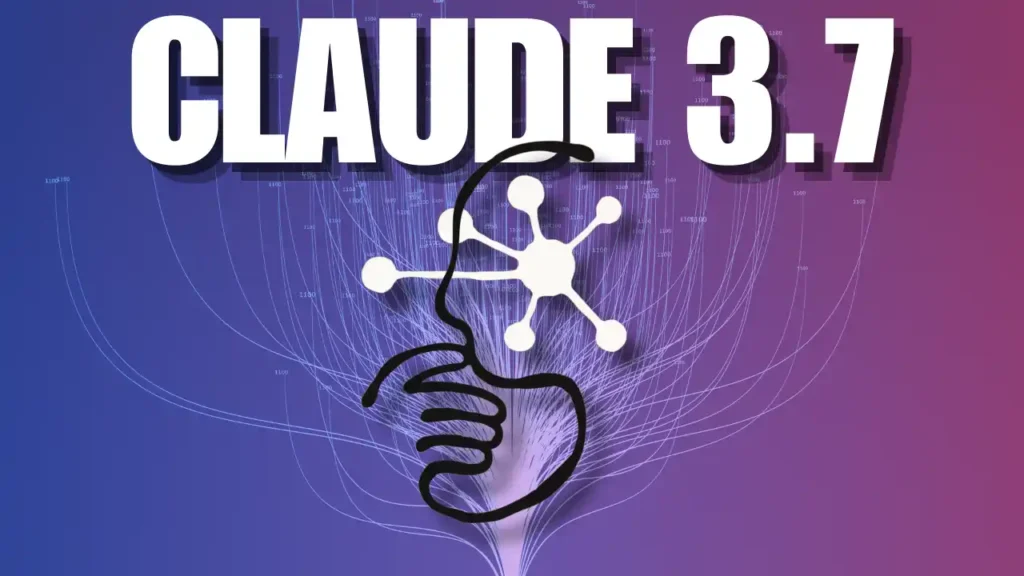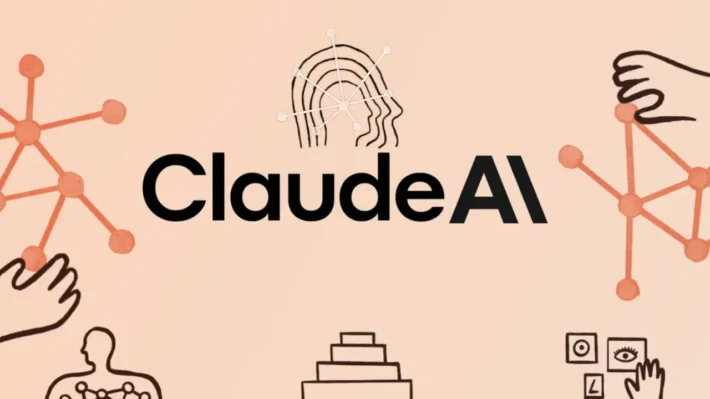Claude 3.7 Sonnet vs Claude 3.5 Sonnet:What has changed
Anthropic‘s AI assistant, Claude, has undergone significant advancements with the release of versions 3.5 and Claude 3.7 Sonnet. These updates have introduced enhanced reasoning capabilities, improved coding assistance, and expanded functionalities, positioning Claude as a formidable contender in the AI landscape. This article delves into a comprehensive comparison between Claude 3.5 and 3.7 Sonnet, highlighting their features, performance, and overall impact on users.

What Distinguishes Claude 3.5 from 3.7 Sonnet?
| Feature | Claude 3.7 Sonnet | Claude 3.5 Opus |
|---|---|---|
| SWE-bench Accuracy | 62.3% | 49.0% |
| Task Completion Speed | 45+ minutes saved | Standard |
| Retail Task Accuracy | 81.2% | 71.5% |
| Cost per Million Tokens | $3 (input), $15 (output) | $15 (input), $75 (output) |
What is Claude 3.5?
Released prior to 3.7, Claude 3.5 marked a pivotal evolution in Anthropic’s AI offerings. It introduced features like Artifacts, enabling users to run code directly in the browser and save content for future use. Additionally, the project library feature facilitated shared work and idea collaboration, enhancing productivity. Claude 3.5 also boasted an impressive context window of approximately 200,000 tokens, extending up to 1 million for specific applications, which was particularly beneficial for analyzing images, photos, and graphs. However, users encountered limitations with relatively low rate limits, often reaching message caps that required switching to smaller models or waiting for resets. Furthermore, while Claude 3.5 excelled in coding assistance, it lacked image generation capabilities, though it could provide prompts compatible with image generators like Midjourney.
Advancements in Claude 3.7 Sonnet
Building upon its predecessor, Claude 3.7 Sonnet introduced “hybrid reasoning,” allowing the model to tackle more complex problems, particularly in mathematics and coding. This enhancement aimed to simplify user interactions by integrating reasoning as a core feature, eliminating the need for separate reasoning models. Claude 3.7 Sonnet demonstrated noticeable improvements in agentic coding, finance, and legal tasks. Although it lacked real-time web search capabilities, its knowledge was updated to October 2024, providing more current information. Developers gained the ability to influence the model’s operations, including response times, offering greater control over performance. Internally, Claude 3.7 was utilized to enhance web designs, develop games, and perform substantial coding tasks, showcasing its versatility and efficiency.
How Do Performance and Accuracy Compare?
Benchmark Assessments
Claude 3.7 Sonnet has demonstrated superior performance across various benchmarks compared to Claude 3.5 Sonnet. Notably, in coding tasks, Claude 3.7 achieved higher accuracy and efficiency, completing tasks faster than its predecessor.
Reasoning and Problem-Solving Capabilities
The introduction of the “extended thinking mode” in Claude 3.7 Sonnet enhances its reasoning abilities, particularly in complex domains such as mathematics and coding. This mode allows the model to self-reflect before providing answers, resulting in more accurate and thoughtful responses. In contrast, while Claude 3.5 Sonnet improved upon earlier versions, it lacked this advanced reasoning feature.
Coding Assistance
Both versions offered robust coding support, but Claude 3.7 Sonnet introduced Claude Code, an agentic coding tool designed to be an active collaborator. This tool could search and read code, edit files, write and run tests, commit and push code to GitHub, and use command-line tools, streamlining coding workflows significantly.
Context Window and Vision Capabilities
Claude 3.5 featured a large context window, beneficial for detailed conversational tasks and analyzing images. Claude 3.7 Sonnet maintained these capabilities while integrating advanced reasoning, allowing users to choose between rapid responses and more detailed, step-by-step reasoning, enhancing flexibility and user experience.
Integration and Accessibility
Both versions expanded accessibility with desktop applications for Windows and macOS, and added dictation support, allowing users to engage with Claude directly from their computers and input queries via voice. These integrations facilitated seamless multitasking and incorporation of Claude’s functionalities into various applications.
What Are the Performance Differences?
Speed and Efficiency
Claude 3.5 operated efficiently but had limitations with rate limits, affecting heavy users. Claude 3.7 Sonnet addressed these concerns by allowing developers to dictate response times and enhance throughput, providing a more tailored and efficient experience.
Application in Various Domains
Claude 3.5 was utilized for tasks like front-end website design and interactive game development. Claude 3.7 Sonnet expanded its application scope, performing substantial coding tasks, enhancing web designs, and developing games, demonstrating its versatility across domains.
Which Version Suits Your Needs?
Considerations for Developers
Developers seeking advanced coding assistance and the ability to influence model operations may find Claude 3.7 Sonnet more aligned with their needs. The introduction of Claude Code and customizable response times offers greater control and efficiency in coding tasks.
General Users and Conversational Interactions
For general users engaging in conversational interactions, both versions offer human-like interactions and enhanced reasoning. However, Claude 3.7 Sonnet’s hybrid reasoning model provides more nuanced and complex problem-solving capabilities, enhancing the overall user experience.
How Do Integration and Accessibility Compare?
Both models are accessible via the Claude app, Anthropic’s API, Amazon Bedrock, and Google Cloud’s Vertex … However, Claude 3.7 Sonnet introduces features that enhance user control over the model’s operation, including the ability to dictate response times and influence the model’s reasoning process. These enhancements provide developers with greater flexibility in integrating the model into various applications.
How much does the Claude 3.5 and 3.7 model cost?
Claude 3.7 Sonnet offers improved cost-efficiency over Claude 3.5 Sonnet. The pricing structure for Claude 3.7 remains consistent with its predecessor, at $3 per million input tokens and $15 per million output tokens.
Claude 3.5 and 3.7 model in CometAPI
CometAPI offer a price far lower than the official price to help you integrate Claude 3.7 Sonnet API (model name: claude-3-7-sonnet-20250219; claude-3-7-sonnet-thinking) and Claude 3.5-Sonnet API (model name: claude-3-5-sonnet-20241022), and you will get $1 in your account after registering and logging in! Welcome to register and experience CometAPI.
CometAPI acts as a centralized hub for APIs of several leading AI models, eliminating the need to engage with multiple API providers separately.
Please refer to Claude 3.7 Sonnet APIand Claude 3.5-Sonnet API for integration details.
Pricing in CometAPI is structured as follows:
| Category | Claude 3.7 Sonnet | Claude 3.5 Sonnet |
| API Pricing | claude-3-7-sonnet-20250219 -Input: $2.4 / million tokens -Output: $12 / million tokens Cache Write: $3 / M tokens | Input Tokens: $2.4 / M tokens Output Tokens: $12 / M tokens Cache Write: $3 / M tokens |
| claude-3-7-sonnet-thinking -Input: $4.8 / million tokens -Output: $24 / million tokens Cache Write: $6 / M tokens |
Conclusion
Anthropic’s Claude has demonstrated significant advancements from version 3.5 to 3.7 Sonnet, introducing features that enhance reasoning, coding assistance, and user accessibility. The hybrid reasoning model and tools like Claude Code position Claude 3.7 Sonnet as a versatile and efficient AI assistant, catering to both developers and general users. As AI continues to evolve, these developments underscore the importance of integrating advanced reasoning and user-centric features to meet diverse needs in the AI landscape.



